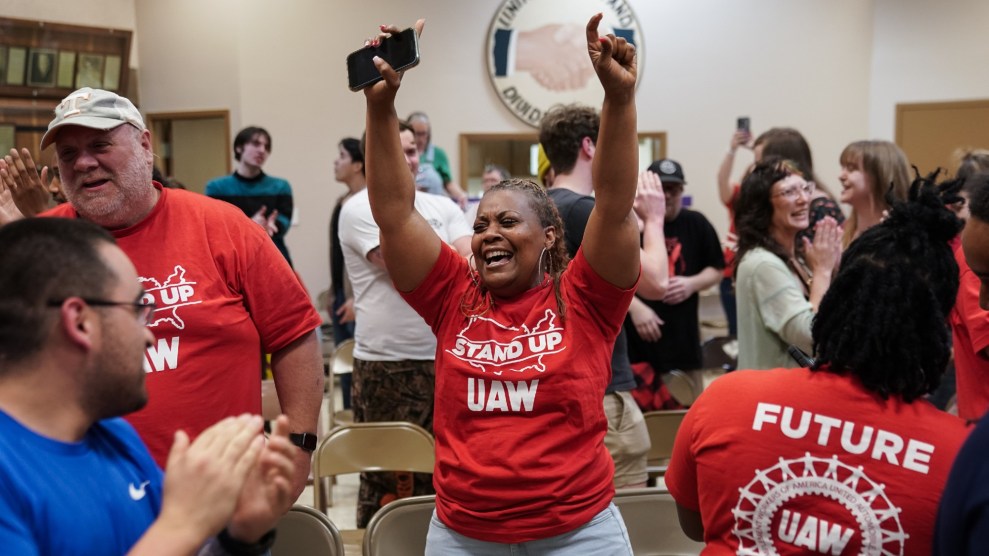A small city in Norway shows us that activism can be effective and that advertising doesn’t have to consume our (uh… their) lives. Activists in Bergen, a small university town on the Western coast, took on Clear Channel — not wanting their beautiful town to be overrun with advertisements — and succeeded. (Well almost — more later.) I know! As an American, I can’t imagine a life without constant ads that are plastered everywhere — on every highway billboard and on public transit. And then there is product placement in movies and TV shows, and of course, there’s cable and local television’s 40:20 rate of show-viewing to ads. It’s nauseating, really. Mother Jones reported on this very topic in our current issue. “Ad Nauseum” is chock full of statistics, including that children alone are exposed to 40,000 ads per year.
But in Bergen, Norway, citizens weren’t going to let their children, or the adults, face this ominous future. Faced with budget constraints, the City Council began negotiations with Clear Channel and one other company in 2004. The winning company would fund the building of the city’s bus shelters and in return, the company would gain ad space in the city (on the bus shelters as well as on some lighted billboards elsewhere). It looked like Clear Channel had sealed the deal, when out of the blue, activists in the community showed up on the scene with its “Keep Clear Channel Out of Bergen” campaign. They started a mailing list and instead of demonizing the corporation they rallied around keeping their aesthetically pleasing city, with its deep roots, just the way it is. In the end, the Bergen City Council nixed the deal. Clear Channel of course sued them for breach of conduct and the outcome is pending, but regardless, it is a pretty cool victory.
So, is it that Norwegians are just way more progressive and efficient than we are? Or is it just easier for small towns and universities to take on a clear and concise enemy? Why can’t big cities do this type of work or the entire nation for that matter? Are the problems just too large? Or are they just too far away for people to feel the impact enough to activate?















